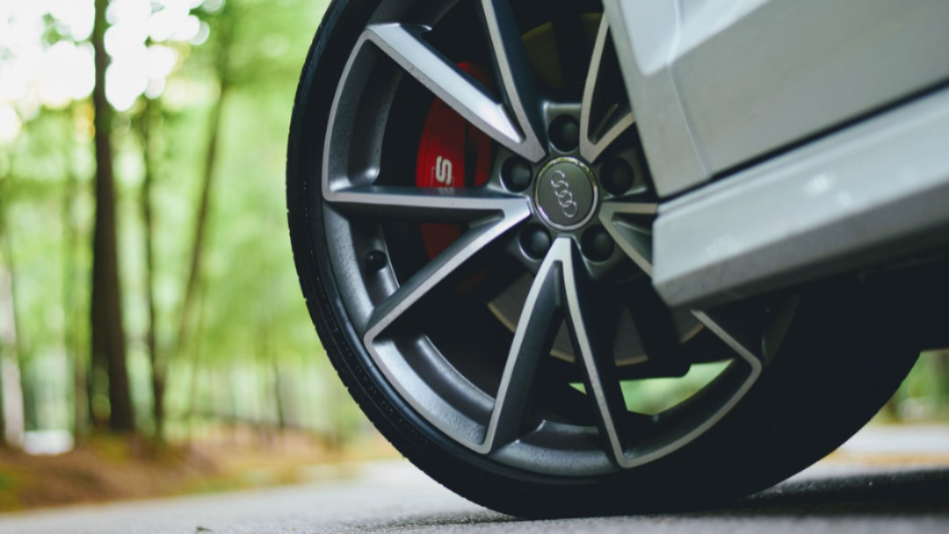

The Truth about Tire Repair You Need to Know Today
Safety Tips |Across the United States, 37,133 traffic-related fatalities occurred in 2017. Out of that number, 738 deaths were due to tire-related accidents. Different variables are factored into ensuring you operate safely as a driver. From making sure your serpentine belts are running correctly to cleaning your windshield, car owners are meant to pay the utmost care to the safety state of their vehicles. Your tires contribute to vehicular safety as well, and you need to ensure that necessary tire repair and other related checks are done regularly. Here is a detailed look at two tire-related issues you need to keep an eye on and avoid frequent repairs.
1. Keep Your Tires Properly Inflated
Ensuring that your tires are always inflated adequately as a driver sounds deceptively simple. But you would be surprised at how many tire repair requests arise from the driver not using correctly inflated tires. Properly inflated tires are critical to your car’s proper functioning. Properly inflated tires are so important that newer cars now come with a built-in tire pressure monitoring system. When your tires are running on low pressure, they stress your engine, which, in turn, causes your vehicle to burn more fuel. When you fill them up correctly, your tires will enable your car to go further before you need to refuel. Driving with underinflated tires puts them under undue stress, which results in a higher rate of wear and tear and more tire repair appointments. If you don’t use the recommended PSI level on your tire, you risk warping or otherwise damaging its steel belts. Consequently, you will experience dangerous blowouts or at the very least, more flats. Underinflated tires aren’t just a nuisance that will make you too regular of a visitor at stores that sell tires. They will put your life at risk. If you don’t inflate your tires, your car’s response to the road (known as handling) will be affected. Thus, you may not be able to accurately gauge a reaction to an event when driving, which can lead to an accident.
2. Rotate and Balance Your Tires on Schedule
Are tire balancing and rotation the same thing? Many people use the two terms interchangeably despite them being two different procedures. Tire rotation is where you get to switch their positions from front to back and left to right pattern. Balancing, on the other hand, is when a mechanic uses specialized equipment to assess if the tire and the wheel are in equilibrium. In case there’s lack of balance, the mechanic will attach small lead weights to the rim to facilitate the balance. In the course of regular car use, the front tires tend to wear out faster than the back ones. As a result, it can be easy to lose control of your car. Therefore, you must rotate the tires so that the front wheels go to the back and the back come to the front for all four of them can wear evenly. Rotating and balancing your tires also help you avoid spending unnecessary money on new tires. According to the manufacturers, tire rotation and balancing should occur after every 7,000 miles. For the average driver, keeping track of when tires next need to go in for rotation and balancing can be tedious. An excellent hack to keep you away from excess visits to tire shops is to carry out balancing and rotation when you’re getting the oil changed. If your vehicle is a newer model, once the mechanic finishes with the rotation and balancing, they will have to reset the tire pressure monitoring system. Doing so will help the system map the new tire positions correctly for accurate feedback.
3. Avoid Unnecessary Tire Repair
Your tires are subjected to various elements that cause wear and tear. But how long they take before you need to consider tire repair depends on how well you look after them. Proper tire care is crucial, not just to you but you and other road users should adhere to an appropriate schedule of maintenance.




